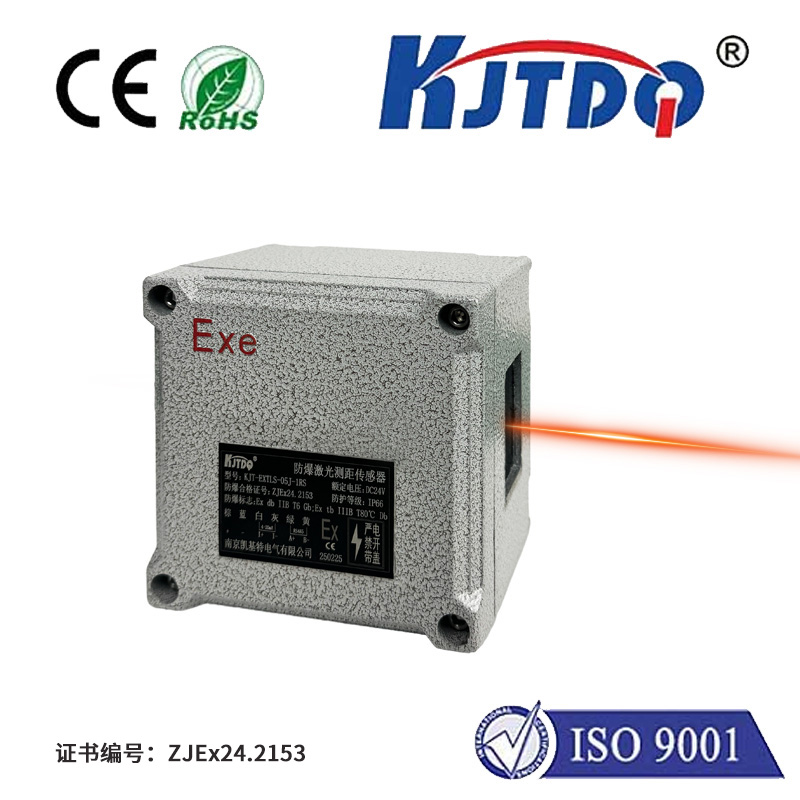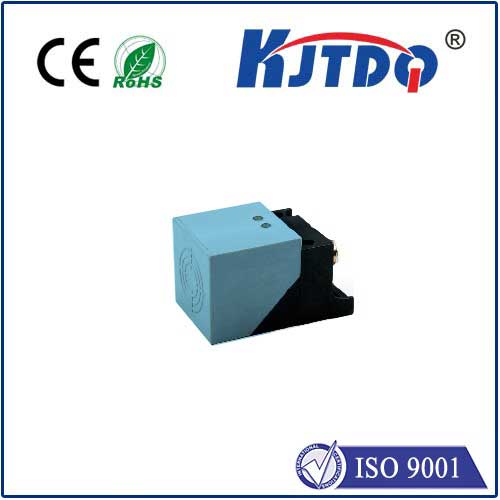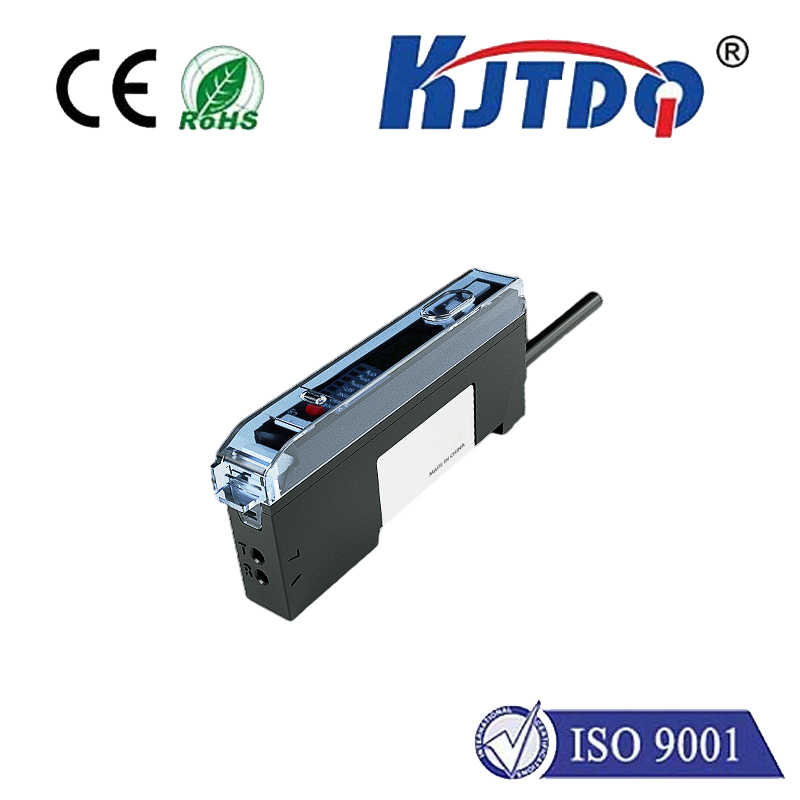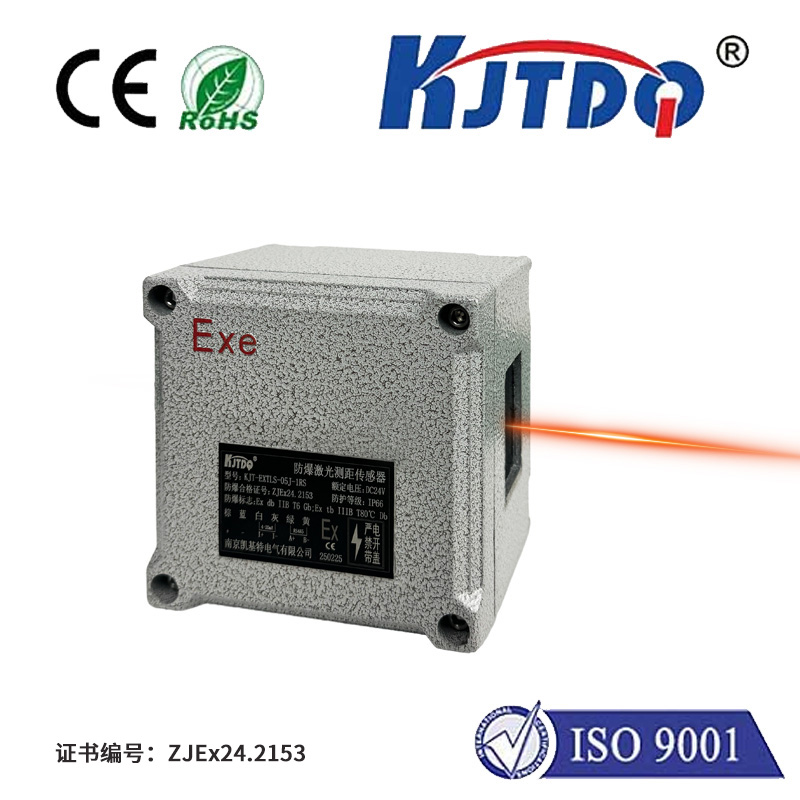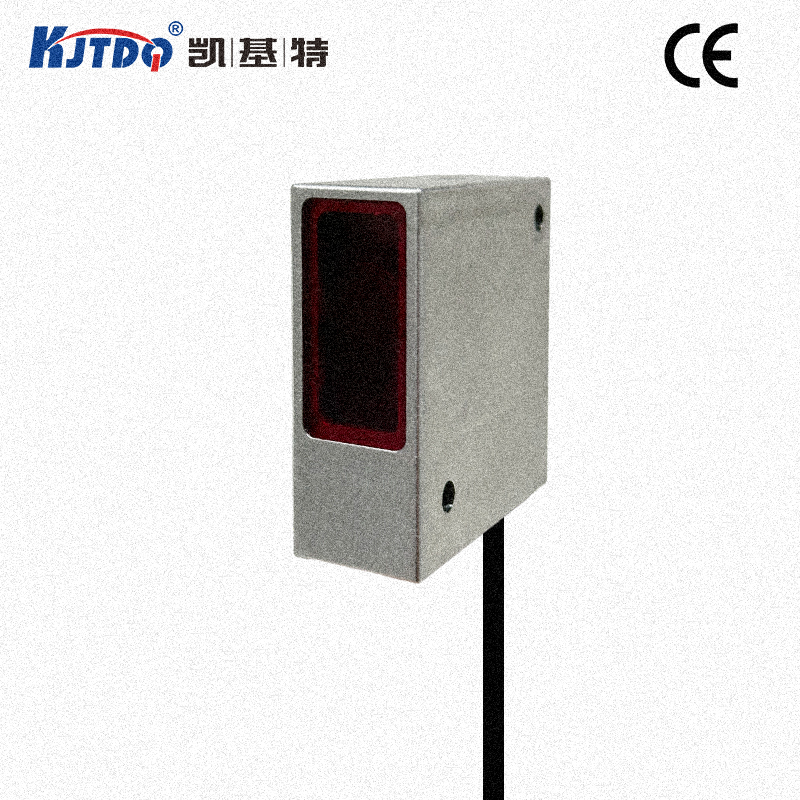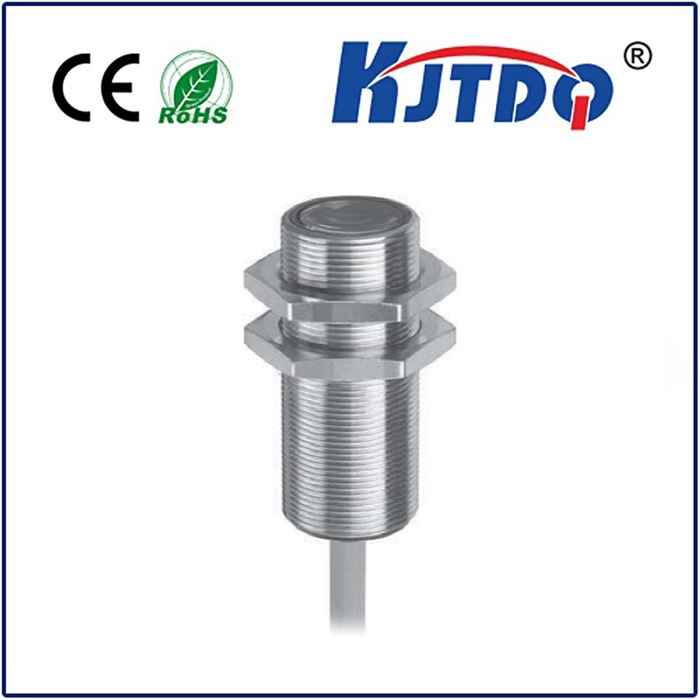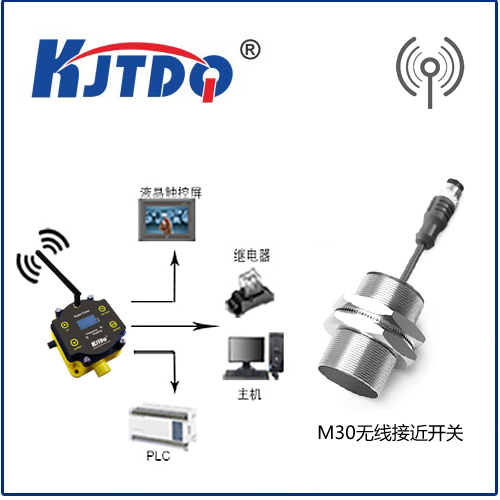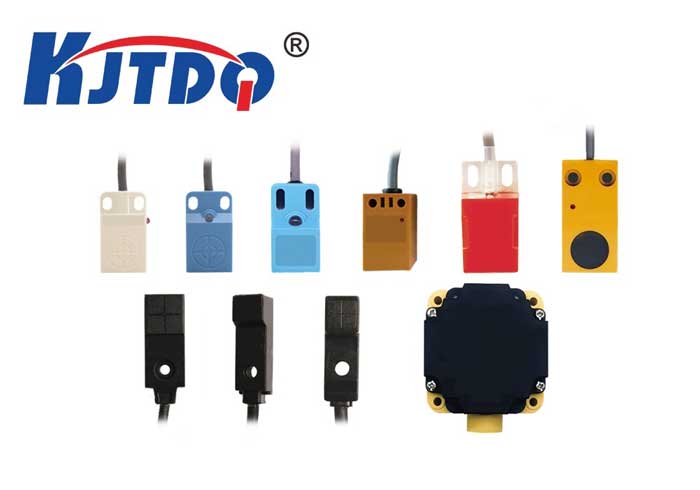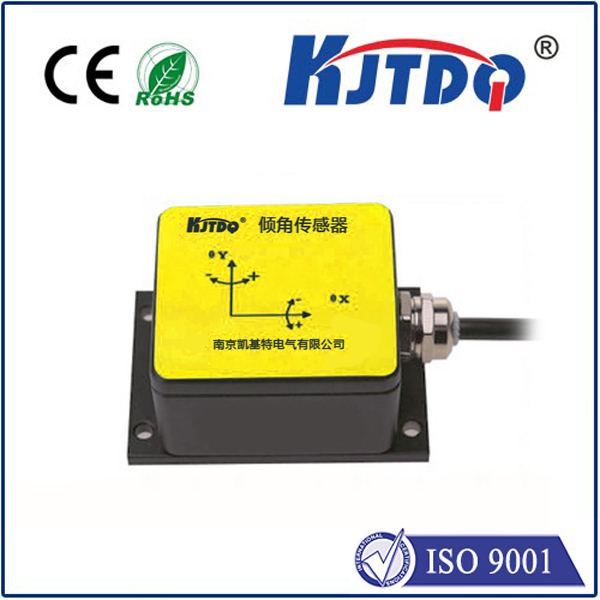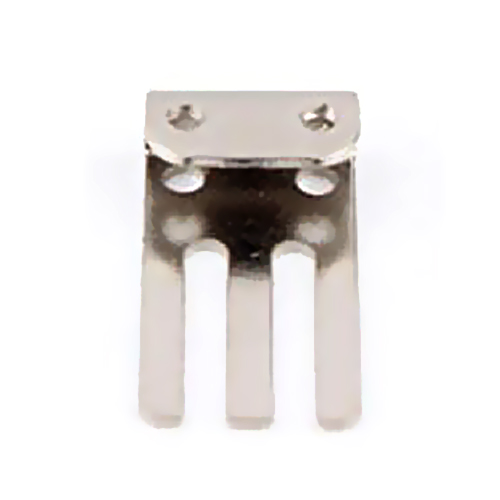How Diffuse Sensors Revolutionize Industrial Automation
Imagine a factory assembly line where robots place chocolate bars into boxes at lightning speed. One misfire could mean melted chocolate or costly jams—yet the process flows flawlessly. The silent guardian ensuring this precision? Diffuse sensors. These compact devices detect objects without physical contact, transforming industries from packaging to automotive manufacturing.
Defining Diffuse Sensors Diffuse sensors, a subcategory of photoelectric sensors, emit a light beam (typically infrared or visible red) and detect reflections from a target object. Unlike retro-reflective or through-beam sensors relying on separate reflectors or transmitters, diffuse types house both emitter and receiver in one unit. When light bounces off an object within its range, the receiver triggers an output signal. This self-contained design simplifies installation, reducing wiring and calibration efforts.
Working Principles Simplified The core mechanism hinges on light reflection:

Key Advantages and Limitations Pros:
Cons:
Critical Applications Realized From warehouses to cleanrooms, diffuse sensors deliver reliable object detection:
In automotive plants, they verify part alignment during assembly, preventing misaligned windshields or engine components. Their rapid response time—often microseconds—makes them ideal for high-speed sorting operations.
Selecting the Right Diffuse Sensor Choose wisely to maximize efficiency:
Most modern sensors feature teach-in functionality, letting technicians calibrate sensitivity via a button press. For irregularly shaped targets, fixed-field versions ignore peripheral objects beyond set boundaries.
Future Innovations Advancements like IO-Link connectivity enable real-time diagnostics and remote tuning. Smart sensors now integrate machine learning to distinguish target variations—like detecting liquid levels through translucent containers. As Industry 4.0 accelerates, these devices will grow smaller, more adaptive, and energy-efficient.
Diffuse sensors exemplify how simplicity drives industrial reliability. Whether safeguarding delicate electronics or streamlining food production, their role as automation’s unsung heroes is undeniable—proving that sometimes, the smallest beam of light holds the greatest impact.
